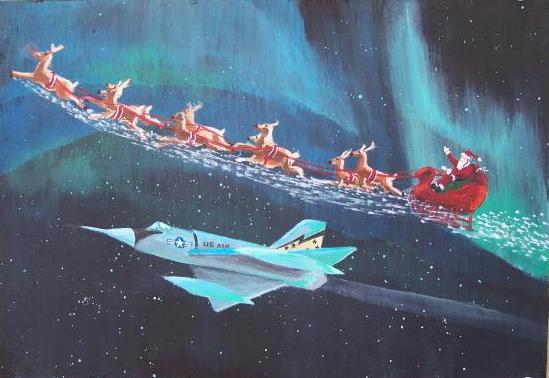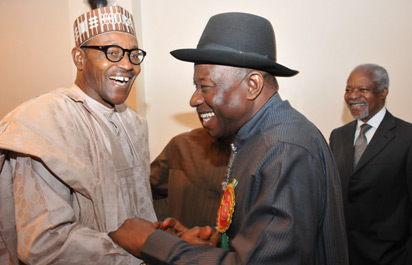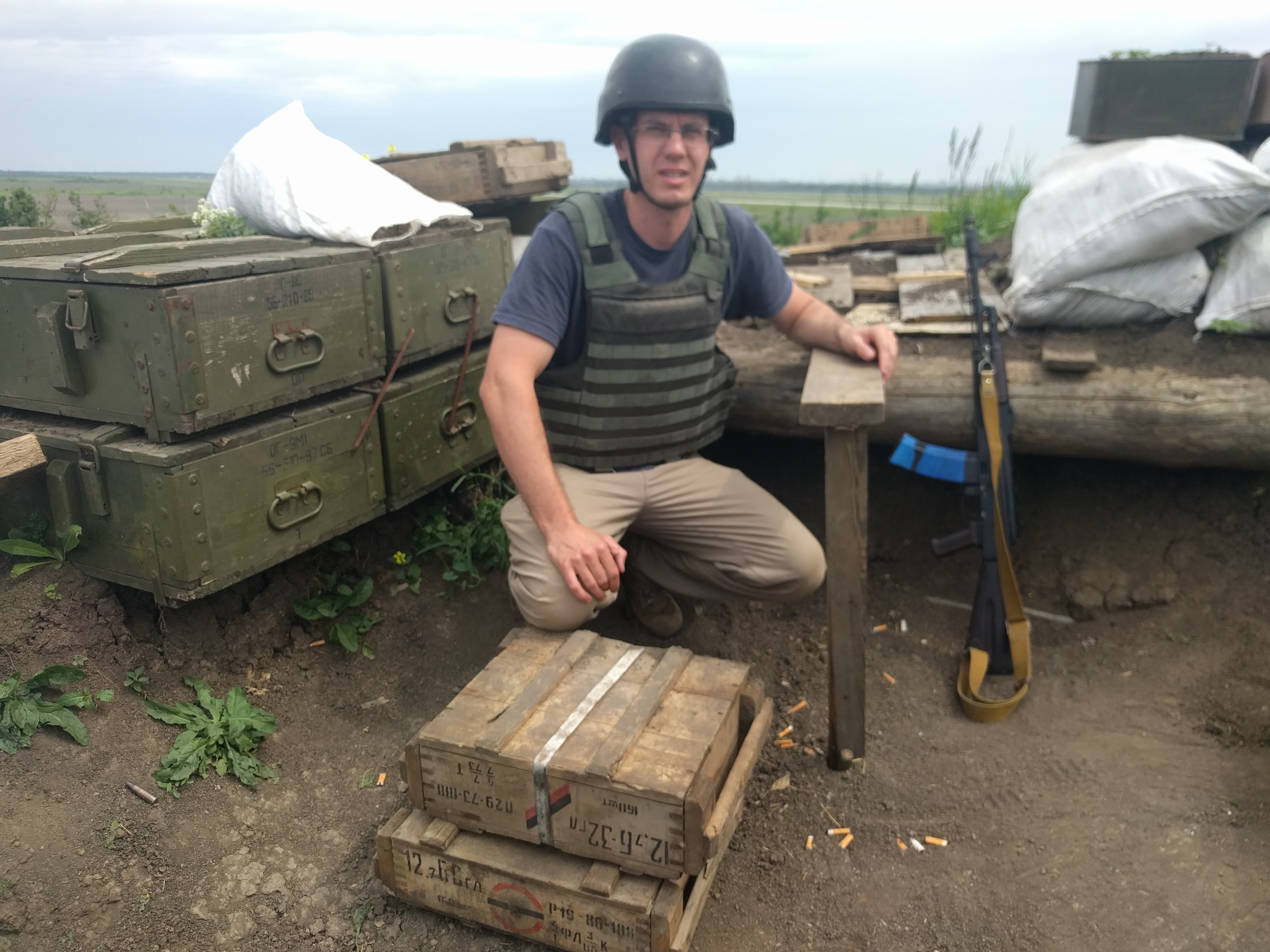One night in December 1955, Colonel Harry Shoup received a surprising call at the Continental Air Defense Command (CONAD) Operations Center in Colorado Springs, Colorado. On the Colonel’s desk sat two phones, one for regular calls and a special red phone for top secret liaison that was directly connected to a four-star general at Strategic Air Command.
That night the red phone rang.
At the peak of the ‘first’ Cold War, Colonel Shoup expected the phone call to notify him about an attack against the United States or another high-profile incident. Instead, he was greeted with a small child’s voice asking, “is this Santa Claus?”
Earlier in the week, an advertisement promoting ‘Santa’s Toyland’ at Sears Department store was printed in a local newspaper in Colorado Springs. The ad invited children to place a call to Santa Claus and attached a number that he could be reached at. Legend says that the phone number was misprinted and instead of connecting children to Santa, it put callers through to the top secret line manned by Colonel Shoup. A more accurate rendering of the event, claims that the child misdialed the advertisement’s number and was mistakenly connected to CONAD’s top secret line.
Whatever the cause was, over the course of the Christmas season calls from children flooded the phone line. To keep up with the demand, Colonel Shoup assigned a team of airmen to play Santa Claus and give the children updates on the location of St. Nick’s sleigh. After a few weeks, someone at the Continental Air Defence Command drew Santa’s sleigh on a board for tracking unidentified aircraft — the idea for the Santa Tracker was born.
For over 60 years, CONAD, later NORAD, has tracked Santa’s yuletide journey. In the holiday program’s infancy, a phone number was publicized that allowed anyone to phone in, particularly on Christmas Eve, to find out the location of Santa and his reindeer. These days, children can receive live updates on Santa’s location online, in seven languages, through NORAD’s interactive Santa Tracker at http://www.noradsanta.org.
Every Christmas Eve, members of the Army, Navy, Air Force and Marines along with over 1500 volunteers gather at NORAD’s Peterson Air Force Base in Colorado Springs, to track Santa’s Yuletide journey. Throughout the night, volunteers respond to phone and email enquiries from children around the world, letting them know Santa’s whereabouts and more importantly when to get to bed.
Last year, the NORAD Santa Tracker website received nearly nine million unique visits from more than 200 countries and territories around the world each year. Volunteers received over 140,000 calls to the NORAD Tracks Santa Hotline – (887) HI-NORAD or (887) 446-6723 – and answered over 12,000 emails sent to noradtrackssanta@outlook.com.
NORAD will begin to track Santa at 8am GMT on December 24 when he begins his journey from the North Pole. This Christmas Santa will travel an estimated 510,000,000km, at 10,703,437.5km/hr or 1,800 miles per second. According to NORAD, Santa’s first stop will be the Republic of Kiribati, a group of 32 atolls in the Pacific Ocean. From there he will travel west around the globe stopping in New Zealand and Australia, before heading over Asia and on to Europe, Canada, the US and South and Central America.
This Christmas, children and the young at heart, will also be able to track Santa on Twitter, YouTube and Facebook at the @noradsanta handle.
Photo: NORAD Santa Claus Fighter Escort (2009), via Wikimedia. Licensed Under CC BY-SA 2.5.
Disclaimer: Any views or opinions expressed in articles are solely those of the authors and do not necessarily represent the views of the NATO Association of Canada.




